The Fahaka Puffer (Tetraodon lineatus): Care Guide
By: Jacob Thompson
Today, let's take a closer look at the Fahaka puffer fish.
The Fahaka is an aggressive pufferfish from Africa. It belongs to the Tetraodon genus and has the scientific name Tetraodon lineatus. In a study, the maximum size range for Fahaka puffer fish was found to be 21-41 cm, or 8 to 16 inches (AbouelFadl, p. 4.2021), though this can vary quite a bit depending on the time of collection and the area where they are captured.
The Fahaka puffer has a wide geographic distribution and is actually native to several locations in Africa. Egypt, Kenya, Sudan, Senegal, Ghana, Gambia, Cameroon, Nigeria, Niger, Chad, Sierra Leone, Burkina Faso and Guinea Bissau, to be exact. Many reports within academic literature have populations concentrated in the northern, eastern and western portions of Africa.
They have now confirmed invasive Fahaka puffer fish living in China's east Mekong River basin (Lianf, p. 2. 2020). They have also been found all the way down to Kemayangan Land coastal waters, which are marine and brackish environments off the coast of Indonesia. (Sulistiono. p. 5. 2022)
While Fahaka puffers are known to have a vast range of habitats, including temporary low-level brackish habitats, they are primarily freshwater swimmers. They can adapt to quite a wide variety of conditions. However, they need space. For this reason, they are mainly found in open-water environments. One habitat they are not a part of is small ponds with dense plant growth and low circulation. These habitats are primarily reserved for micropredators and small species of fish.
To ensure the optimal living conditions for the Fahaka puffer, it is recommended that the aquarium size should be a minimum of 120 cm in length, 60 cm in width, and 60 cm in height, or 48 inches in length, 24 inches in width, and 24 inches in height. This size provides enough space for them to move around freely. (Mohammed-Geba, p. 1. 2016) This is a bare minimum, the bigger the better.
This is for both their size and turning radius, along with the ability to dilute the waste they produce from their molluscivore diet.
For this species, behaviour and compatibility can be quite complex. In nature, males are shown to have an increase in aggressive behaviour in February, March, and May, surrounding the spawning season (AbouelFadl, p. 5, 2021). Another research article by Farrag hypothesizes that this behaviour occurs due to food availability. However, I consider this behaviour more related to males showing off to females and less to do with nutrition.
This could explain why Fahaka puffer fish randomly snap in captivity and kill all their tankmates without a known cause. It could also explain why some Fahaka puffer fish do not kill tankmates. In this case, it would be because the docile ones are female.
In aquarium conditions, fish determine seasons by sensing the barometric pressure and temperatures of the water and changes in lighting duration.
By determining the triggering conditions present during these months, we could potentially anticipate these behavioural changes and prevent fish deaths.
Personally, I would not recommend tankmates for this species. You may find them capable of cohabiting for several months, even years, until suddenly, with a hormonal shift, the Fahaka becomes a killer overnight. Therefore, it doesn't feel worth the risk of tankmates.
A Chad River publication provides an insightful analysis of how the diet (primarily the Lake Chad population) changes throughout their lifetime. Here is an excellent segment from the article: "In Lake Chad, up to 50 mm LS Tetraodon lineatus consumes mainly microcrustaceans and insect larvae, then, up to 125 mm LS, larger lunged molluscs living in vegetated areas (Gabbia sp., Anisus sp., Bulinus spp). Beyond 200 mm LS, T. lineatus only consumes benthic molluscs with thicker shells (Bellamya unicolour, Melania tuberculata, Corbicula africana) (Lauzanne, 1977)" (Paugy, p. 1. 1999). In short, juveniles will prey on more invertebrates and some molluscs, but the need for molluscs increases as they age. Presumably, it is for nutrient acquisition and maintaining their beak it increases in size.
Here are some special considerations to consider before purchasing the Fahaka puffer. Many people know that marine (and some freshwater species) puffer fish produce tetrodotoxin, a deadly neurotoxin. The tetrodotoxin likely moves up the food chain through bacteria until puffer fish eat mussels filled with it. However, this has yet to be definitively proven, allowing them to gain tetrodotoxin as a defensive toxin (Farrag, p. 1. 2022).
The Fahaka puffer fish, due to its slightly euryhaline nature (though it should be kept in freshwater and not brackish conditions), utilizes tetrodotoxin as its defensive toxin (Farrag, p. 3. 2022). The concentration of tetrodotoxin varies depending on the organ and time of year, but the liver is generally the most toxic. However, the skin can become highly toxic as a defensive mechanism, posited by Yahia Mahmud. A study on the closely related Takifugu vermicularis states that the reason for the variation in skin saturation is that the Fahaka puffer fish will increase skin toxicity as a defence mechanism. Which will inevitably skew the results (Farrag, p. 6. 2022). Other than the toxicity of the skin and liver. The muscles and gonads are where the tetrodotoxin is also highly concentrated (Farrag, p. 4. 2022). That is all of the information you will need to know about the Fahaka puffer fish. Though a complex species, like most puffer fish, they are worth the extra care.
Citations
AbouelFadl, K. Y., & Farrag, M. M. (2021). Biology and population dynamics of the freshwater puffer fish, Tetraodon lineatus (Linnaeus, 1758), from the River Nile, Aswan, Egypt. The Egyptian Journal of Aquatic Research, 47(1), 75-80.
Cao, L., Song, X., & Zhang, E. (2020). The first mitogenome of the Nile pufferfish Tetraodon lineatus from Lake Turkana in East Africa: new insights into the genus. Journal of oceanology and limnology, 38, 490-502.
Farrag, M. M., Alaa, M., Aly, W., AbouelFadl, K. Y., Nasr-Allah, A. M., El-Geddawy, M. A. M., & Charo-Karisa, H. (2022). Nutritional values vs Toxicity assessment of pufferfish, Tetraodon lineatus (Linnaeus, 1758), from Lake Nasser, Egypt. The Egyptian Journal of Aquatic Research, 48(1), 53-59.
Mohammed-Geba, K., Mahdy, A. A., Eissa, A. S., & Osman, A. G. (2016). Analysis of population genetics of the endangered Nile pufferfish Tetraodon lineatus (Linnaeus, 1758) in the upper Egyptian River Nile. International Journal of Ecotoxicology and Ecobiology, 1(2), 60-66.
Paugy, D., & Levêque, C. (1999). Diets and food webs. African fish inland waters: Diversity, ecology and human use. Levêque, C., et Paugy, D.,(éds.), IRD, Paris, 167-190.
Sulistiono, S., Wildan, D. M., Ervinia, A., Rohim, N., Hedianto, D. A., Baihaqi, F., ... & Yokota, M. (2022). Diversity, distribution, and species status of the fish in Banten Bay, Indonesia. In E3S Web of Conferences (Vol. 339, p. 03003). EDP Sciences.

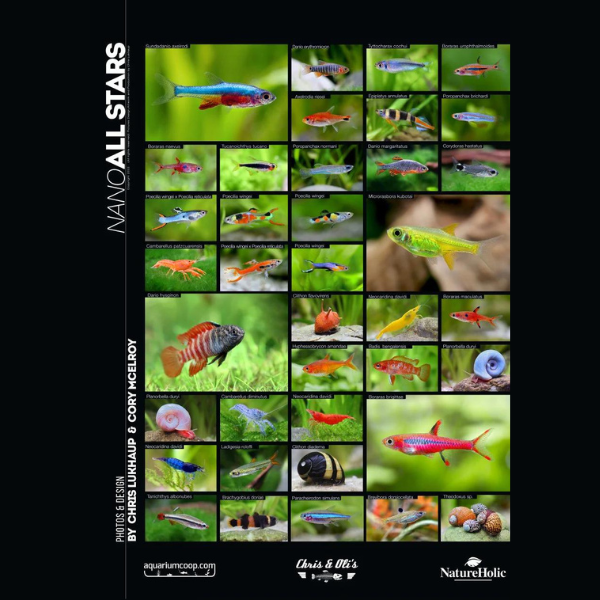
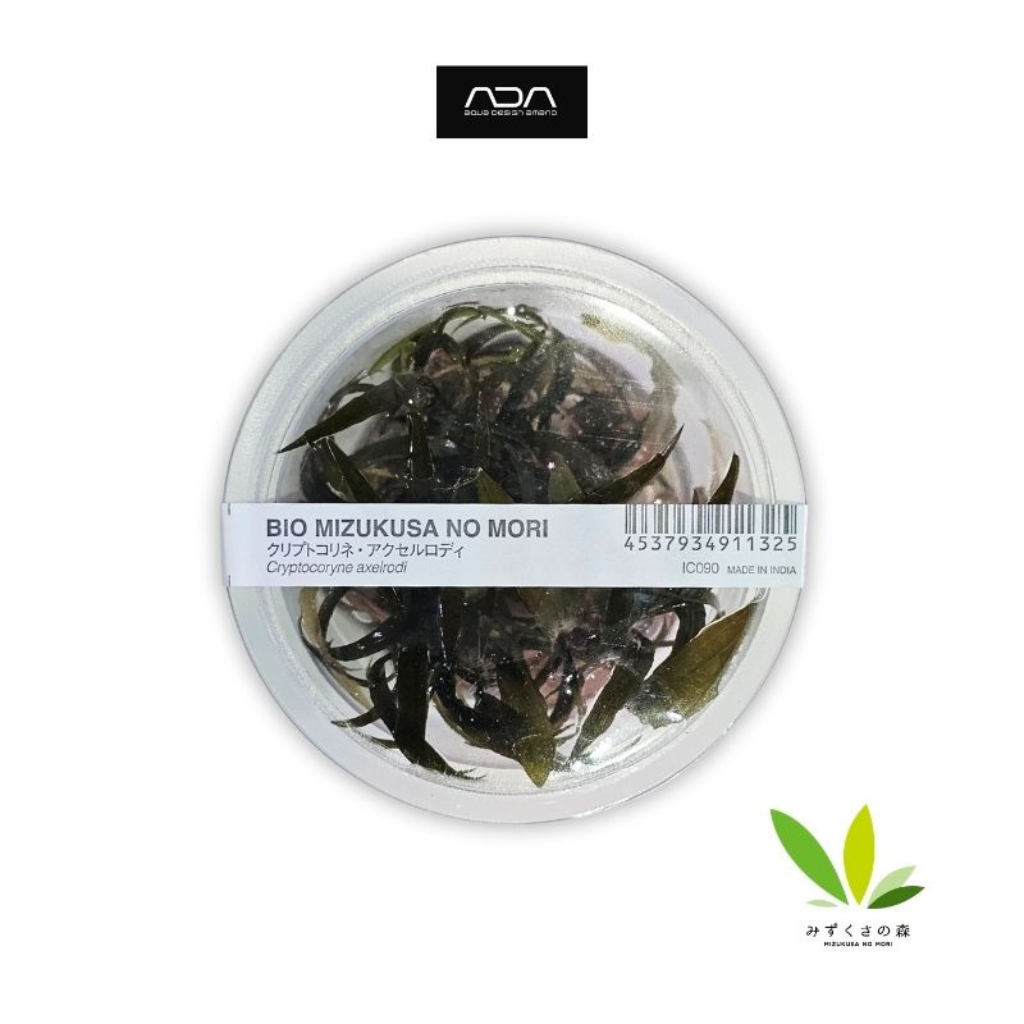
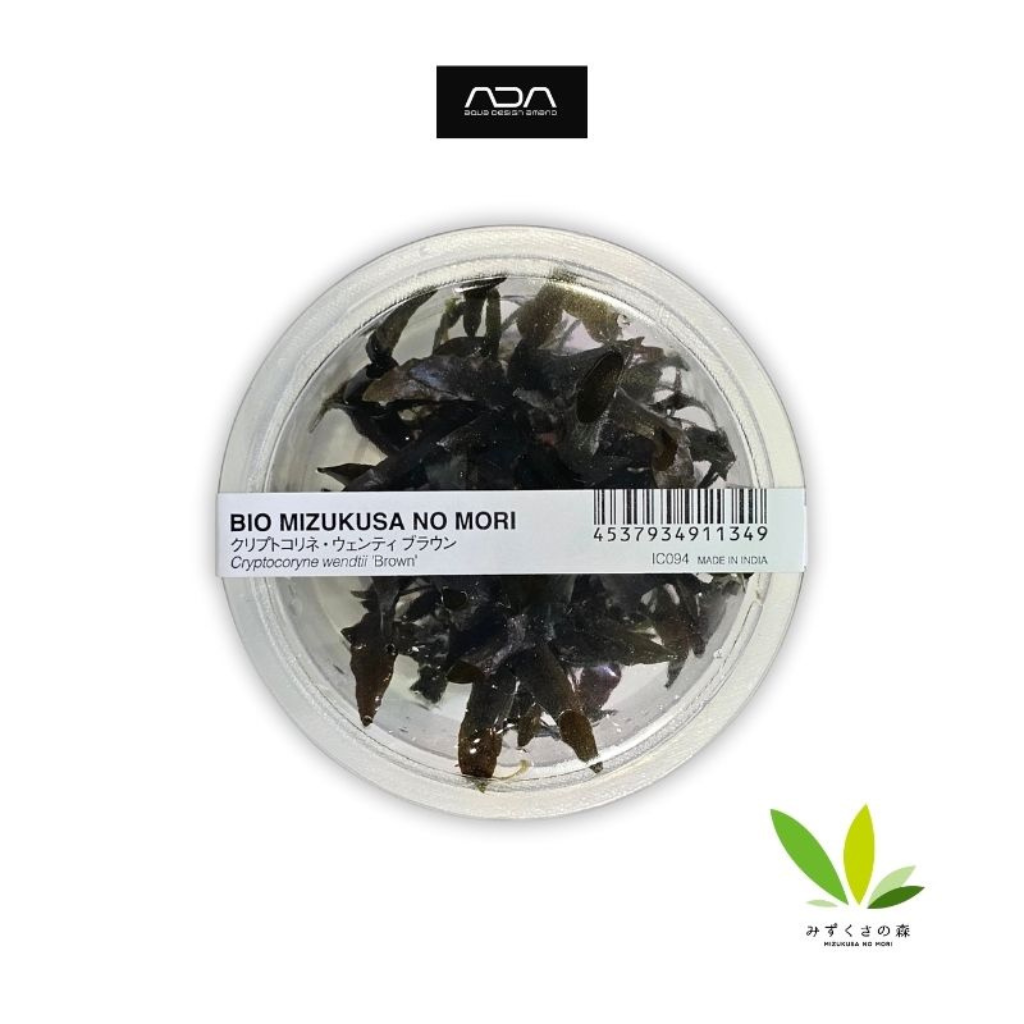
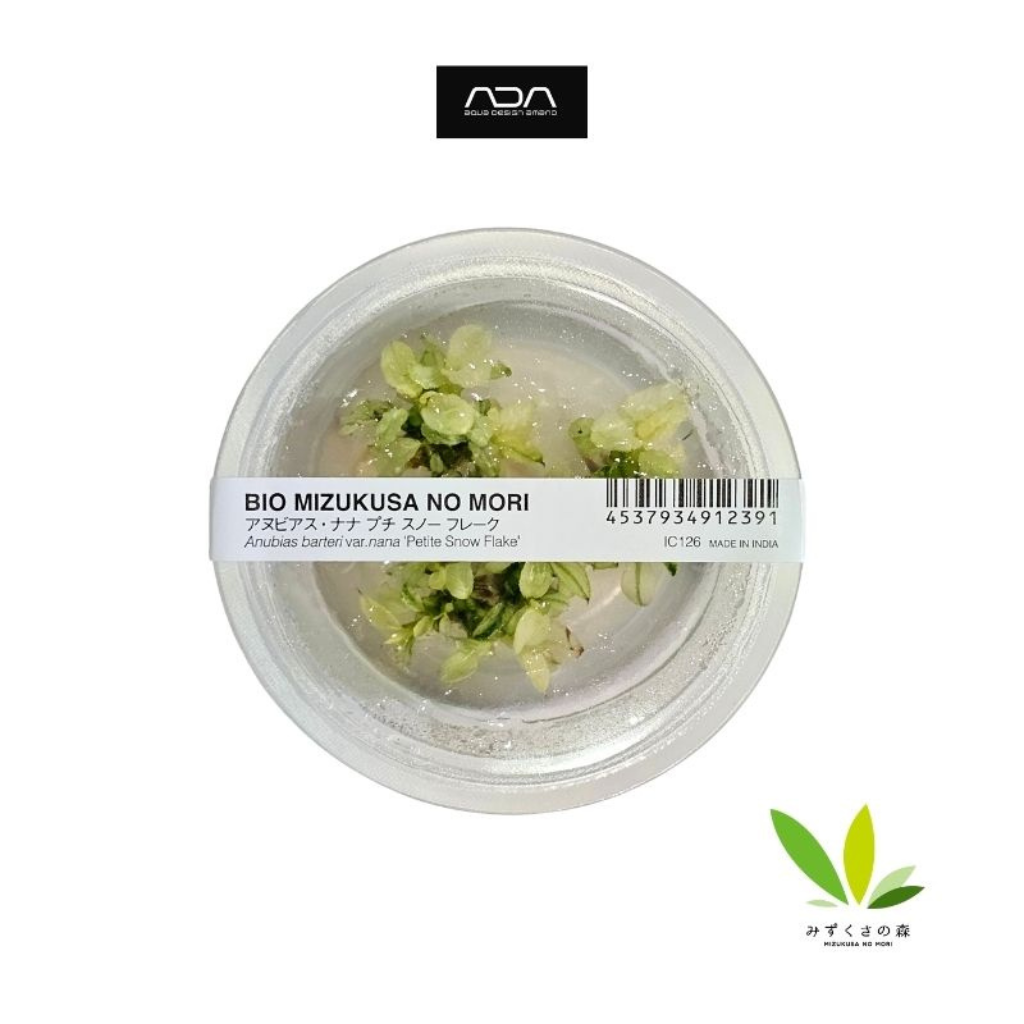
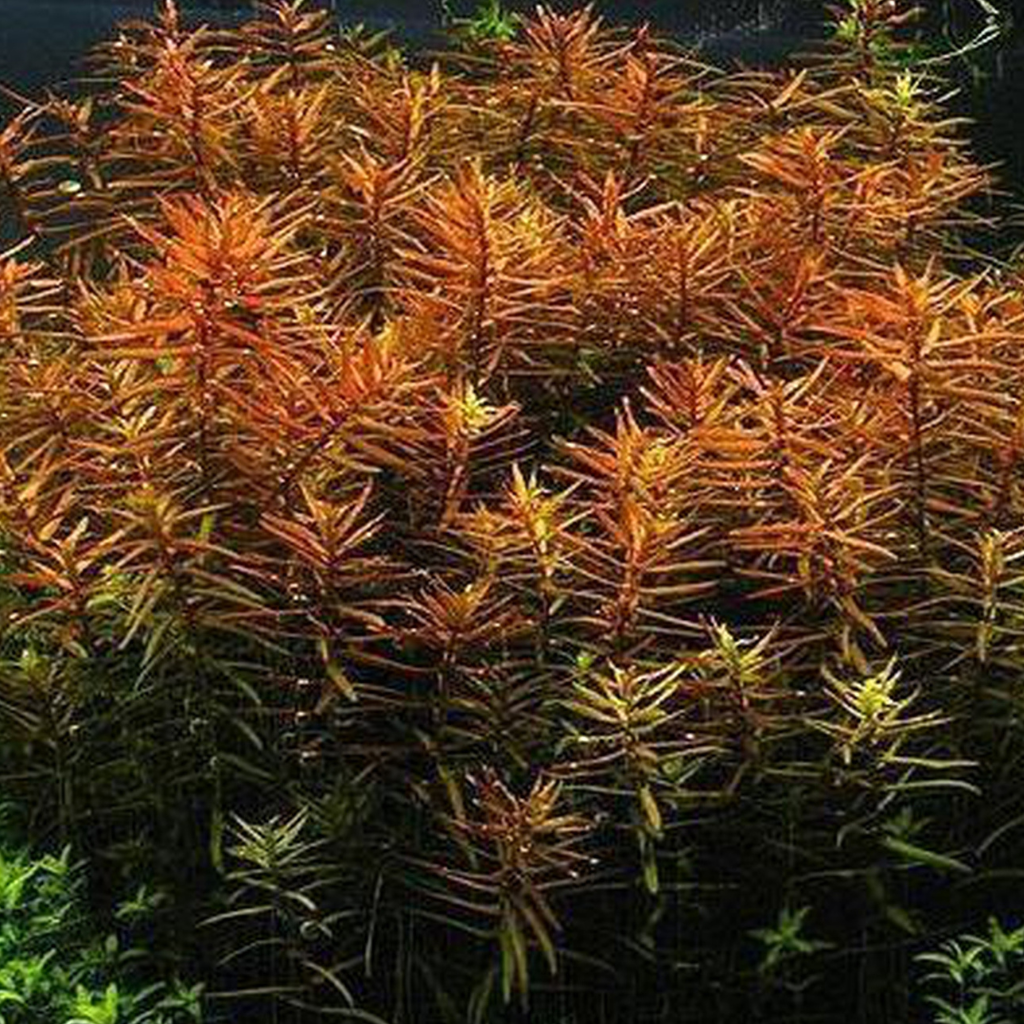
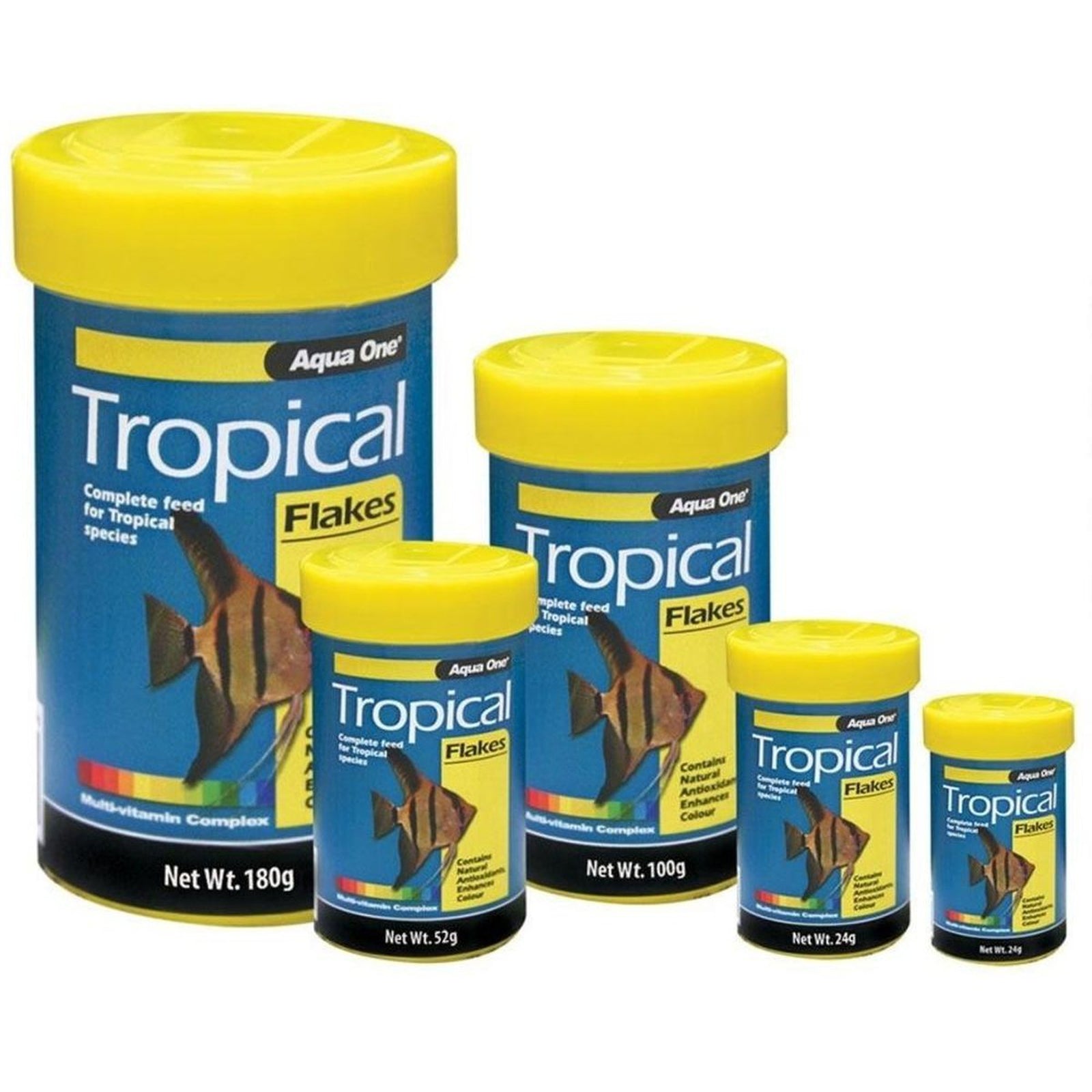
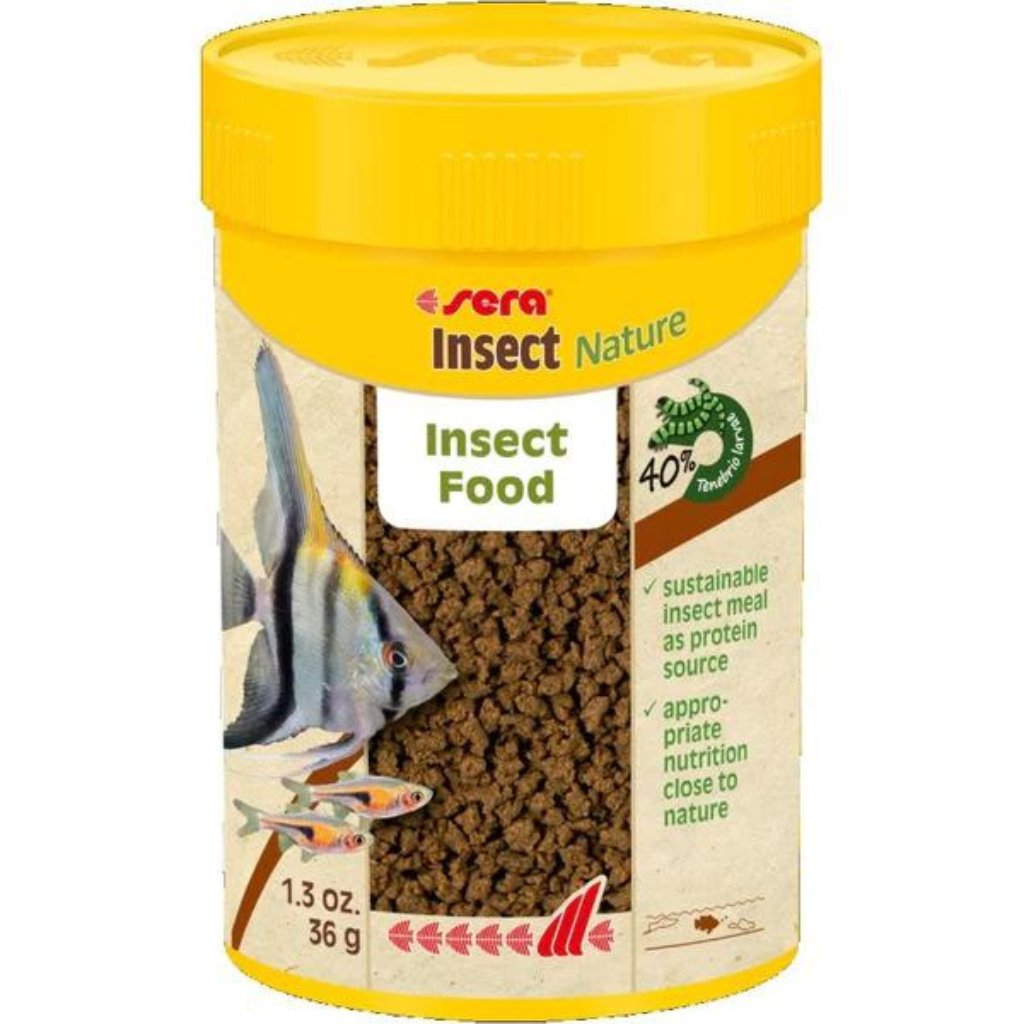
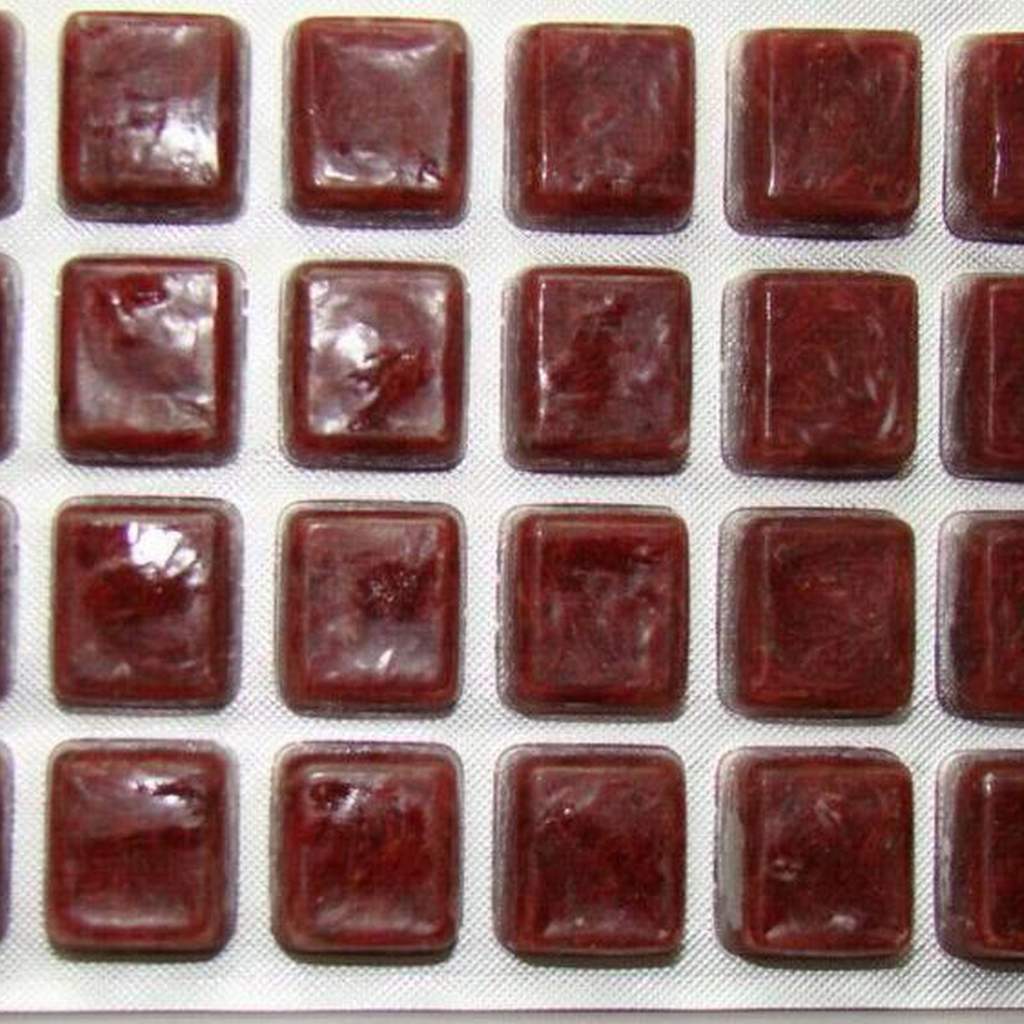
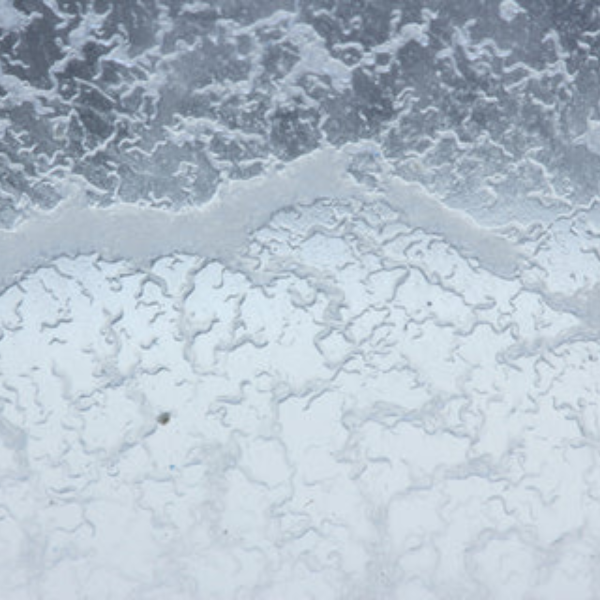




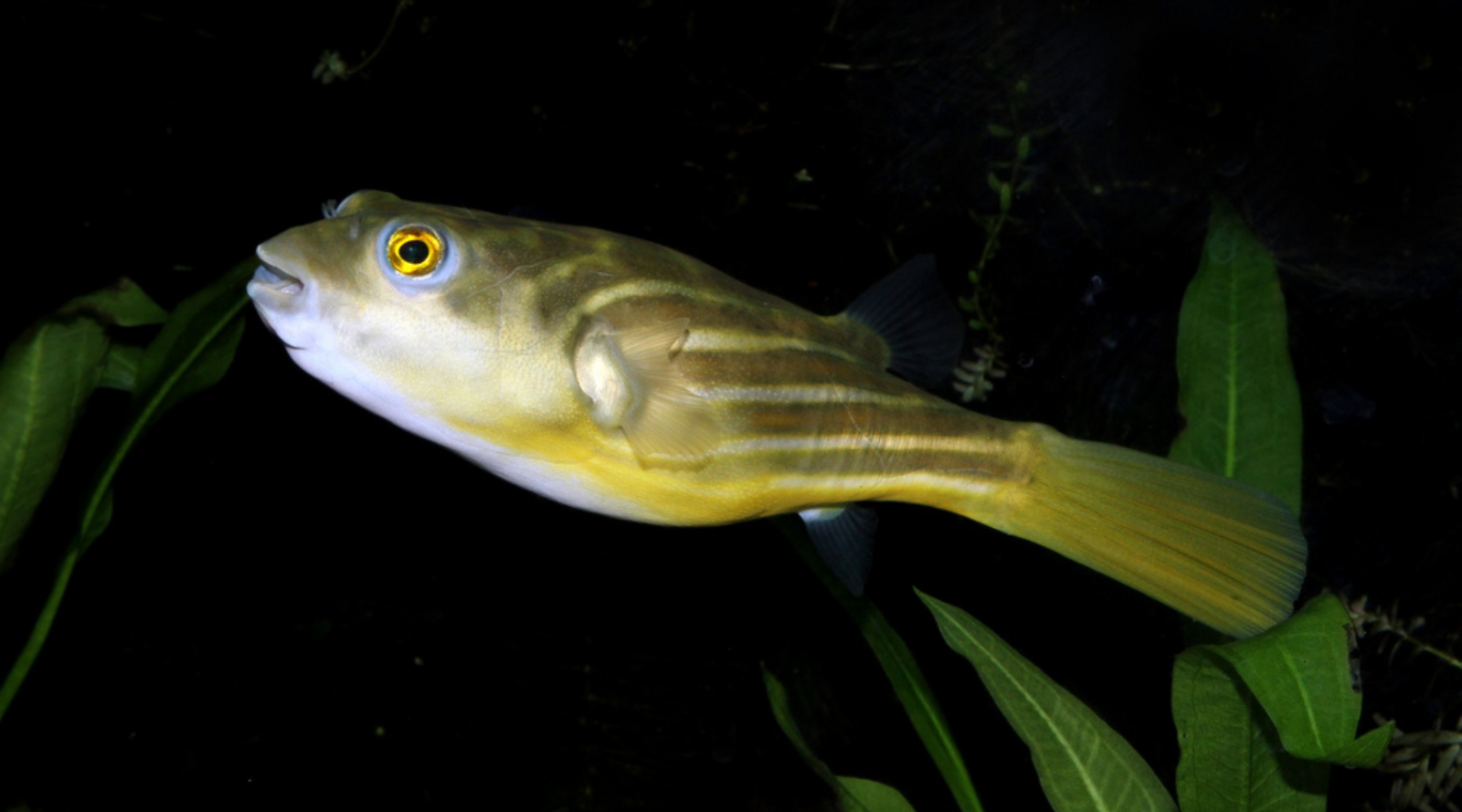
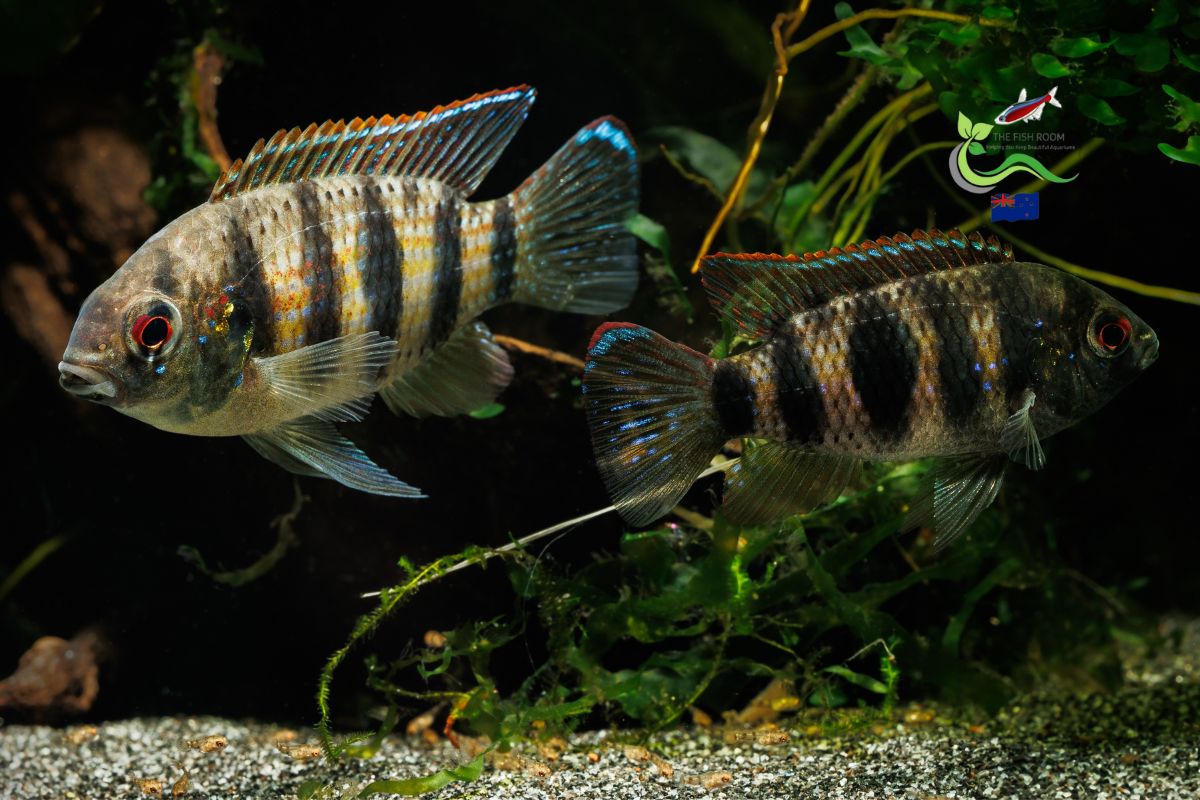
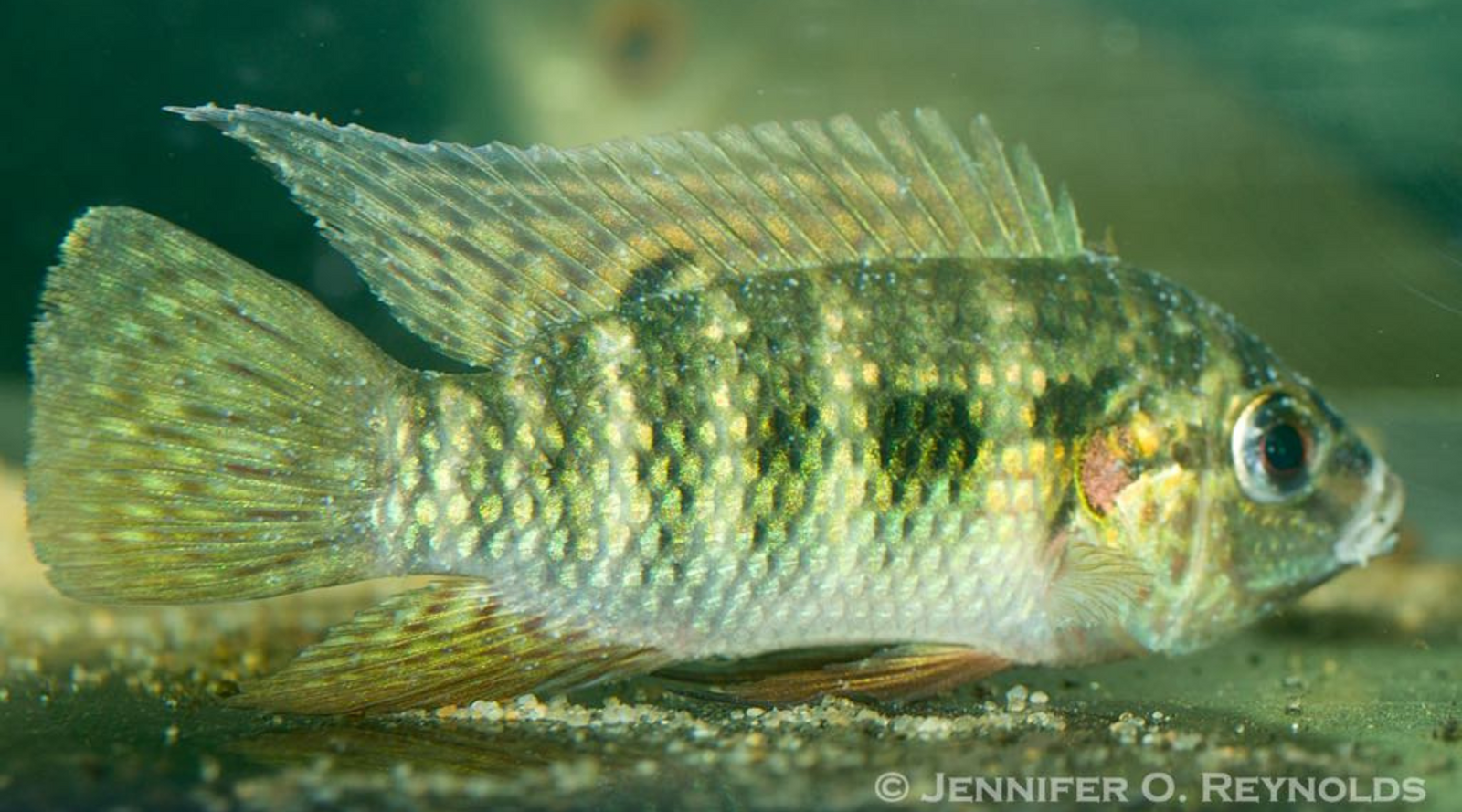
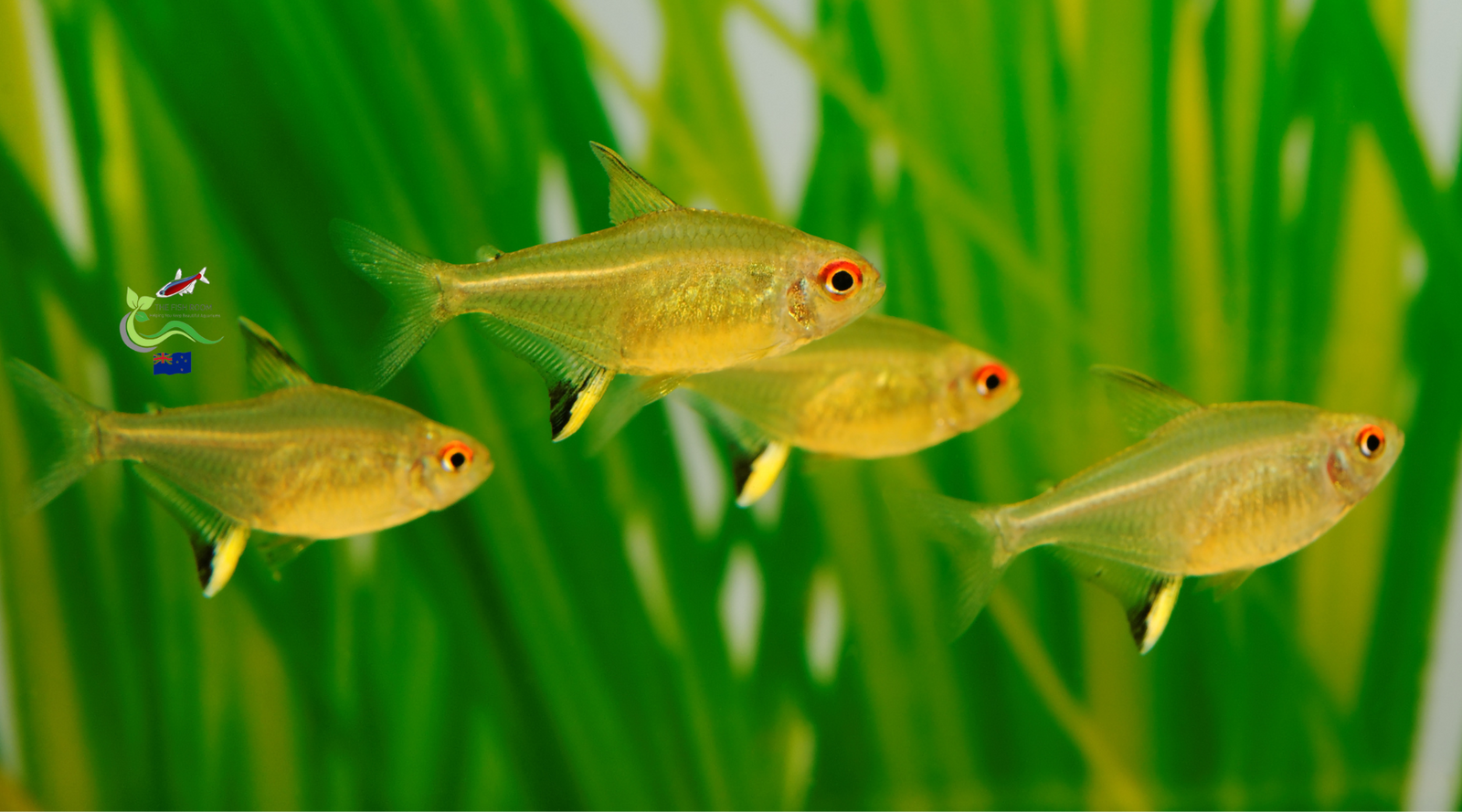
Leave a comment (all fields required)